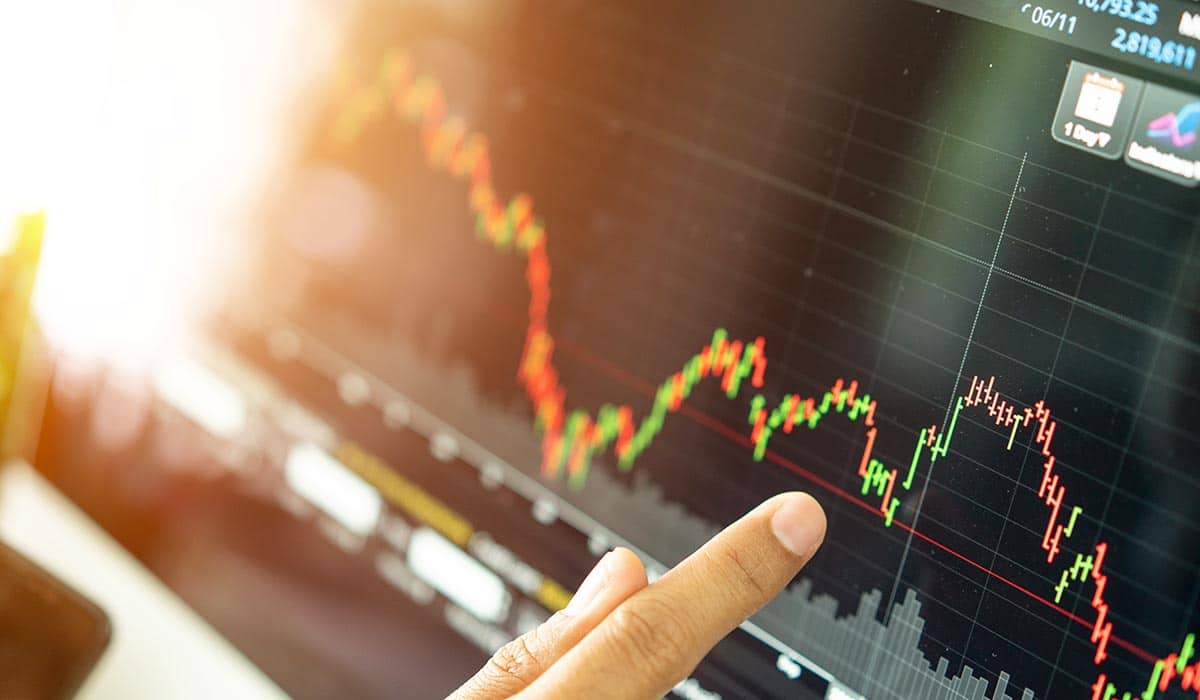Business
Financial Turmoil Looms as Nvidia’s $100 Billion Investment Sparks Concerns

The financial landscape is showing alarming signs of potential collapse, raising fears of a severe economic downturn. A significant indicator of this precarious situation is the decision by Nvidia, the world’s largest corporation, to invest a staggering $100 billion (€86 billion) into OpenAI. This investment highlights the current speculative atmosphere, which many analysts believe may be on the brink of a historic crash.
This monumental investment exceeds the entire market value of well-established companies such as Unilever and BP. It also surpasses the total investment in OpenAI since its inception, which stands at $72 billion over ten years. While innovations like ChatGPT promise to transform industries, they also rely on vast amounts of energy, equivalent to that produced by ten new nuclear reactors.
Warning Signs Across Global Markets
The ongoing trend of skyrocketing stock prices is evident across major global indices. The Dow Jones, Nasdaq, and S&P 500 in the United States, along with the Nikkei in Japan and the UK’s FTSE 100 and FTSE 250, are all hovering near historic peaks. Recently, the price of gold reached an all-time high of over $4,000 (€3,456), reflecting a surge of 50 percent within the year.
Additionally, the cryptocurrency Bitcoin, often criticized for lacking intrinsic value, is trading just below its record high of $124,000 (€107,000) per coin. Critics, including renowned investor Warren Buffett, have labeled Bitcoin as “rat poison squared,” characterizing it as a symbol of rampant speculation.
A hallmark of market bubbles, described by former US Federal Reserve Chairman Alan Greenspan as “irrational exuberance,” is the dismissal of warning signs. Reports indicate that government debt levels are rising dramatically, with the UK’s public debt nearing 100 percent of its GDP, the highest level recorded in peacetime. France faces an even steeper challenge, with debt hitting 114 percent earlier this year.
In the United States, government debt is projected to approach 140 percent of GDP, influenced by the tax cuts and spending policies enacted during former President Donald Trump‘s administration. According to Vitor Gaspar, an official with the International Monetary Fund (IMF), global debt levels have now reached 235 percent of world output, with public debt as the primary contributor.
Uncertain Future for Employment and Investment
The private debt market is similarly concerning, as companies struggle to secure funding. The Federal Reserve recently expressed caution regarding the economic outlook, highlighting “downside risks to employment” in its latest interest rate decision.
As the financial world grapples with these significant challenges, the implications for everyday individuals could be dire. The possibility of widespread impoverishment, disrupted careers, and diminished retirement prospects looms large. The current environment, characterized by inflated asset prices and rising debt ratios, signals that the time may be ripe for a major financial correction.
Investors and policymakers alike must remain vigilant amid these troubling trends. The lessons of past financial crises serve as a reminder of the dangers inherent in unchecked speculation and rising debt. As the situation evolves, the global economy stands at a critical juncture, with the potential for significant consequences if corrective measures are not implemented.
-

 Top Stories3 months ago
Top Stories3 months agoTributes Surge for 9-Year-Old Leon Briody After Cancer Battle
-

 Entertainment4 months ago
Entertainment4 months agoAimee Osbourne Joins Family for Emotional Tribute to Ozzy
-

 Politics4 months ago
Politics4 months agoDanny Healy-Rae Considers Complaint After Altercation with Garda
-

 Top Stories4 months ago
Top Stories4 months agoIreland Enjoys Summer Heat as Hurricane Erin Approaches Atlantic
-

 World5 months ago
World5 months agoHawaii Commemorates 80 Years Since Hiroshima Bombing with Ceremony
-

 Top Stories3 months ago
Top Stories3 months agoNewcastle West Woman Patricia Foley Found Safe After Urgent Search
-

 Top Stories5 months ago
Top Stories5 months agoFianna Fáil TDs Urgently Consider Maire Geoghegan-Quinn for Presidency
-

 World5 months ago
World5 months agoCouple Convicted of Murdering Two-Year-Old Grandson in Wales
-

 World5 months ago
World5 months agoGaza Aid Distribution Tragedy: 20 Killed Amid Ongoing Violence
-

 World5 months ago
World5 months agoAristocrat Constance Marten and Partner Convicted of Infant Murder
-

 Top Stories4 months ago
Top Stories4 months agoClimbing Errigal: A Must-Do Summer Adventure in Donegal
-

 Top Stories4 months ago
Top Stories4 months agoHike Donegal’s Errigal Mountain NOW for Unforgettable Summer Views









